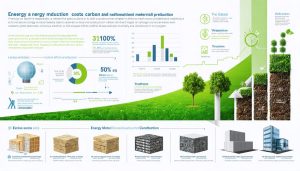
K-Cycle Innovation Transforms Construction Waste Into High-Performance Building Materials
Revolutionizing construction waste management, the K-cycle recycling program represents a paradigm shift in how the construction industry handles material recovery and reuse. This innovative closed-loop system achieves up to 95% waste diversion rates by implementing advanced sorting technologies, specialized processing equipment, and real-time tracking mechanisms. Unlike traditional recycling methods, K-cycle technology systematically breaks down complex construction materials into …








